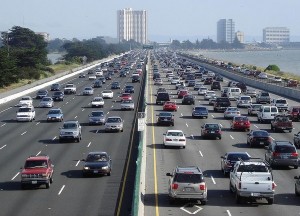December is a month filled with holiday cheer, time with family and all kinds of celebrations. The unfortunate truth is that many people celebrate to excess, and choose to get behind the wheel of a car when drunk or impaired by drugs. To raise awareness of the dangers of driving while impaired, December is recognized as National Drunk and Drugged Driving Prevention Month.
Drunk Driving Is Dangerous
According to a 2012 study conducted over a 20-month period by the National Highway Traffic Safety Administration:
- Drivers with an alcohol level of 0.08 were four times as likely to be in an accident as a sober driver.
- Drivers with an alcohol level of 0.15 percent were 12 times as likely to be in an accident as a sober driver.
Other drunk driving statistics from the NHTSA show the following trends:
- More than 10,000 people lost their lives in drunk driving crashes in 2013. This equates to approximately one life lost every 52 minutes that year.
- Drunk drivers caused 31 percent of fatal car crashes in 2013.
Even after just one drink, alcohol begins to suppress a driver’s reaction time and ability to control their actions and thoughts. As the amount of alcohol in the bloodstream increases, a driver’s ability to concentrate decreases and motor skills become more impaired.
Drugged Driving Is Just As Dangerous As Drunk Driving
Drugged driving is driving a motor vehicle while under the influence of an illegal substance, prescription drug, or over-the-counter medication.
Many prescription and OTC medications come with warnings about driving while taking the medication because they can often cause drowsiness or impairment. Drivers must pay attention to these warnings.
On the other hand, illegal substances like marijuana, cocaine, heroin, and ecstasy can cause severe impairment. Some drugs can cause extreme highs and erratic behavior, which can increase the risk of speeding, swerving in traffic, and ultimately result in reckless driving. Some drugs may cause euphoria and dulled senses, which can result in slower reaction times, an impaired sense of reality, and the complete inability to control a vehicle.
Drive Sober This Holiday Season
Our Florida Injury Lawyers at Whittel & Melton would like to remind everyone to please drink responsibly and be aware of your medications’ warnings when driving. Even responsible, sober drivers are affected when other motorists choose to drink or use drugs and drive.
 Florida Personal Injury Lawyers Blog
Florida Personal Injury Lawyers Blog






